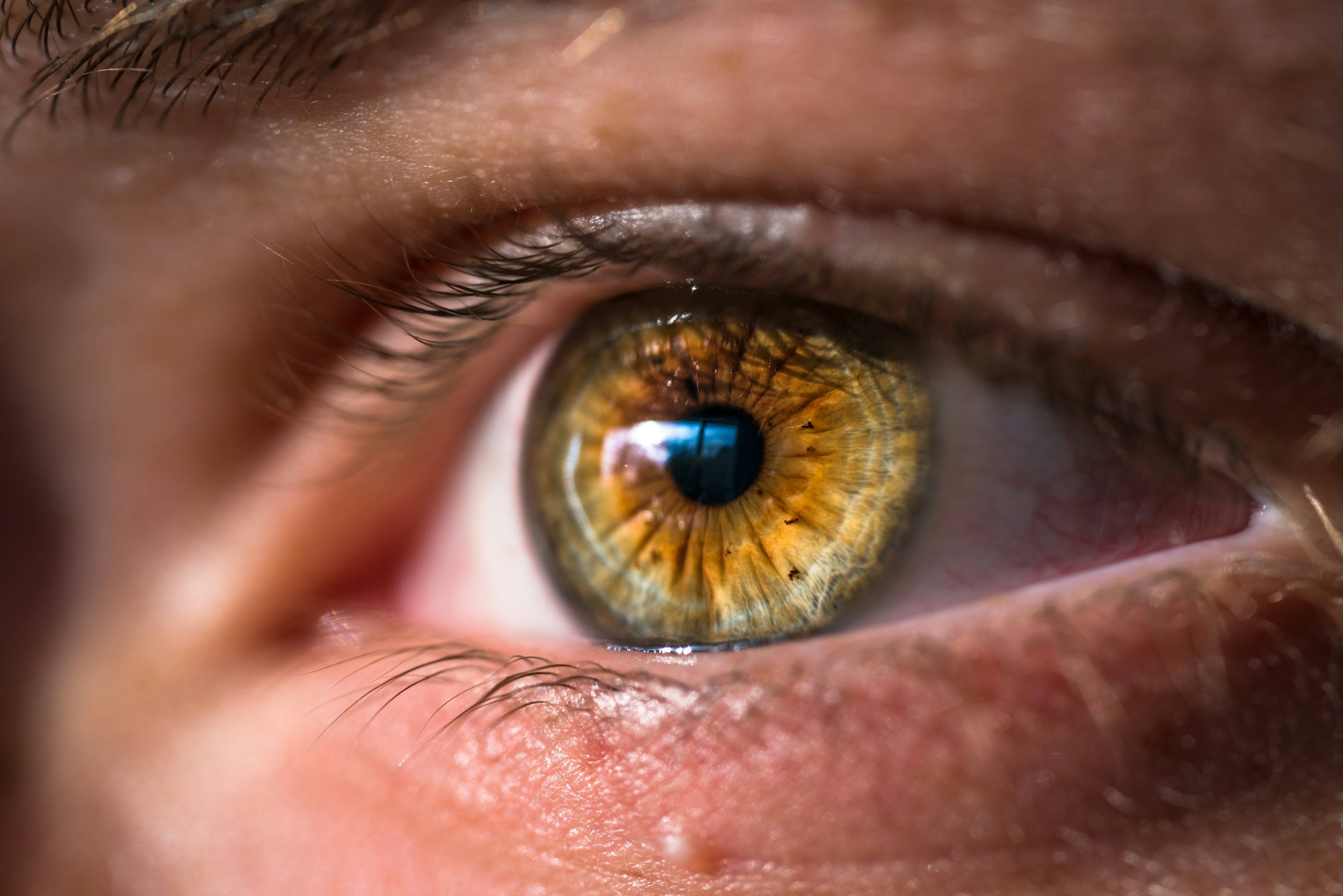Glaucoma Management: Protecting Your Vision for a Lifetime
Glaucoma is a silent but serious eye disease that can lead to permanent vision loss if left untreated. It occurs when damage to the optic nerve—often caused by increased eye pressure—results in gradual vision loss. Because symptoms may not appear until the disease is advanced, early detection and proper management are essential for preserving sight.
In this blog, we’ll explore the best strategies for glaucoma management, including lifestyle changes, medications, and surgical options.
Understanding Glaucoma
What Causes Glaucoma?
Glaucoma is primarily linked to increased intraocular pressure (IOP), but it can also occur in people with normal eye pressure. The most common types of glaucoma include:
Primary Open-Angle Glaucoma (POAG), which is the most common type, where drainage canals become blocked over time, leading to slow vision loss.
Angle-Closure Glaucoma, which is a medical emergency caused by a sudden blockage of fluid drainage, leading to a rapid rise in eye pressure.
Normal-Tension Glaucoma, in which optic nerve damage occurs despite normal eye pressure levels.
Secondary Glaucoma, which is caused by another condition, such as diabetes, eye injuries, or prolonged steroid use.
Glaucoma Management Strategies
While glaucoma has no cure, the right treatment plan can slow its progression and protect your vision.
1. Regular Eye Exams: The Key to Early Detection
Since glaucoma often develops without symptoms, routine eye exams are crucial. Eye doctors check for intraocular pressure (IOP), optic nerve health, visual field changes, and nerve fiber damage using imaging tests like OCT. People over 40 should have an eye exam every one to two years, while those with a high risk—such as individuals with a family history of glaucoma, diabetes, or high IOP—should get annual screenings.
2. Prescription Eye Drops: The First Line of Defense
Most glaucoma patients start treatment with medicated eye drops, which work by either reducing fluid production or improving drainage.
Prostaglandin analogues like Latanoprost and Travoprost help improve fluid drainage and lower eye pressure.
Beta-blockers such as Timolol reduce fluid production.
Carbonic anhydrase inhibitors like Dorzolamide and Brinzolamide also lower eye pressure.
Alpha agonists such as Brimonidine both reduce fluid production and increase drainage.
Using these drops exactly as prescribed is essential, as skipping doses can allow pressure to rise, causing further optic nerve damage.
3. Lifestyle Modifications for Eye Health
While medication is essential, certain lifestyle changes can help manage eye pressure and overall eye health. Regular low-impact exercise like walking or yoga improves circulation and may lower eye pressure, though head-down positions in yoga should be avoided. A diet rich in antioxidants, leafy greens, and omega-3 fatty acids supports optic nerve health. Staying hydrated with small amounts of water throughout the day is better than consuming large amounts at once, which can spike eye pressure. Managing stress through meditation, deep breathing, and good sleep habits helps reduce pressure fluctuations. It’s also important to limit caffeine intake and avoid smoking, as both can negatively impact eye pressure and circulation.
4. Laser Therapy: Enhancing Drainage
For patients who don’t respond well to eye drops, laser therapy can help improve fluid drainage.
Selective Laser Trabeculoplasty (SLT) is a common procedure that targets the eye’s drainage system to reduce pressure.
Laser Peripheral Iridotomy (LPI) is used in angle-closure glaucoma to create an opening in the iris for better drainage.
Laser treatments are quick, painless, and can delay the need for surgery.
5. Surgical Options for Advanced Cases
When medications and laser therapy are not enough, surgery may be needed to create new drainage pathways.
Trabeculectomy is a procedure where a small flap is created in the eye to allow better fluid drainage.
Glaucoma drainage implants, also known as shunts, involve inserting a tiny tube to help drain excess fluid.
Minimally invasive glaucoma surgery (MIGS) is a less invasive option than traditional surgery, offering quicker recovery times.
Surgery does not cure glaucoma but can help lower eye pressure and slow vision loss.
Living Well with Glaucoma
Maintaining regular medication schedules is essential, as missing doses can cause irreversible damage. Using proper lighting can reduce strain, while wearing UV-protective sunglasses shields the eyes from additional stress. Controlling blood pressure and diabetes helps prevent further eye damage. Joining a glaucoma support group can provide emotional and practical support for long-term management.
Final Thoughts
Managing glaucoma is a lifelong commitment, but early detection, proper treatment, and lifestyle changes can significantly slow its progression. By working closely with an eye doctor and following a personalized treatment plan, many glaucoma patients can preserve their vision for years to come.

